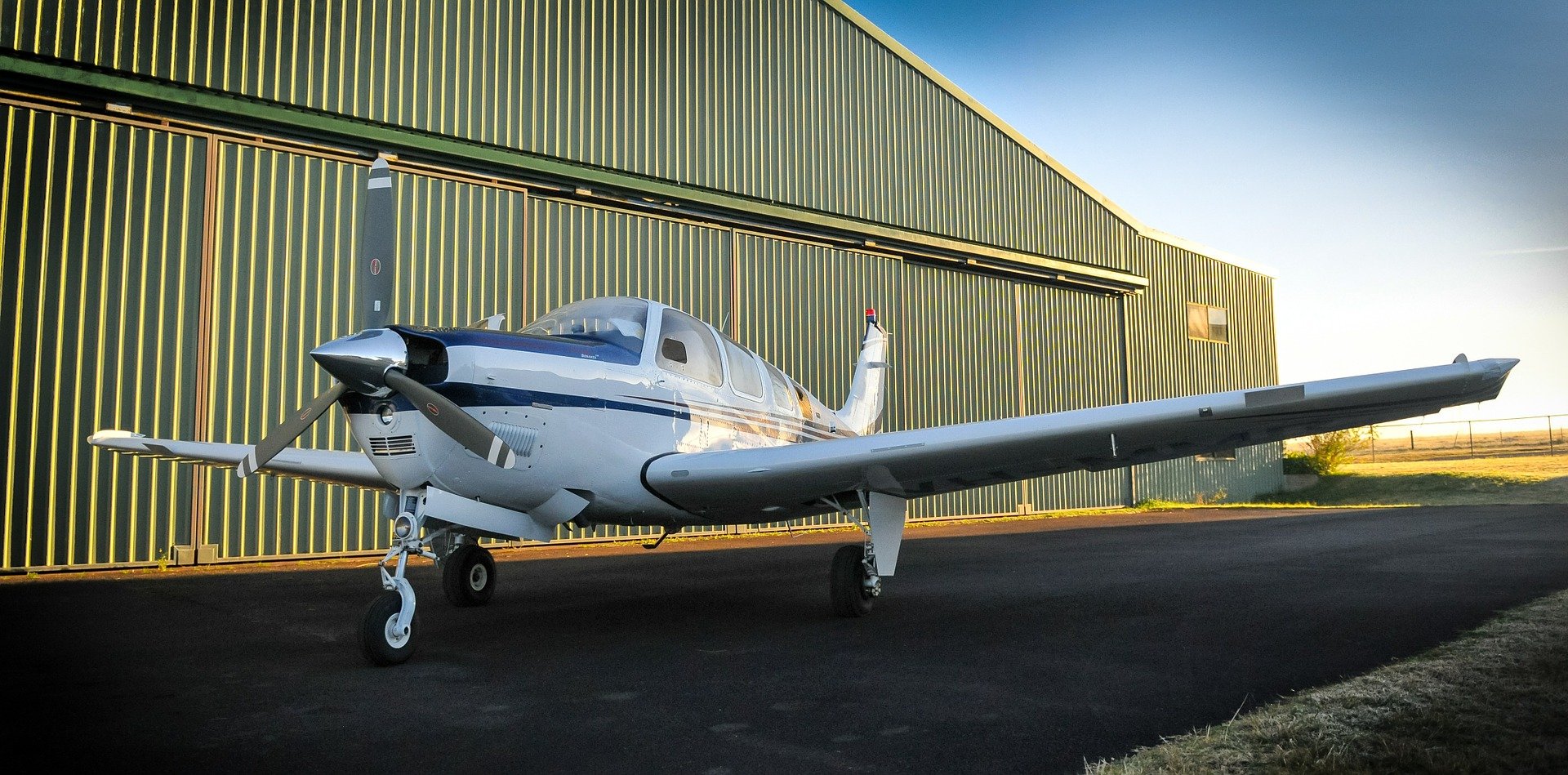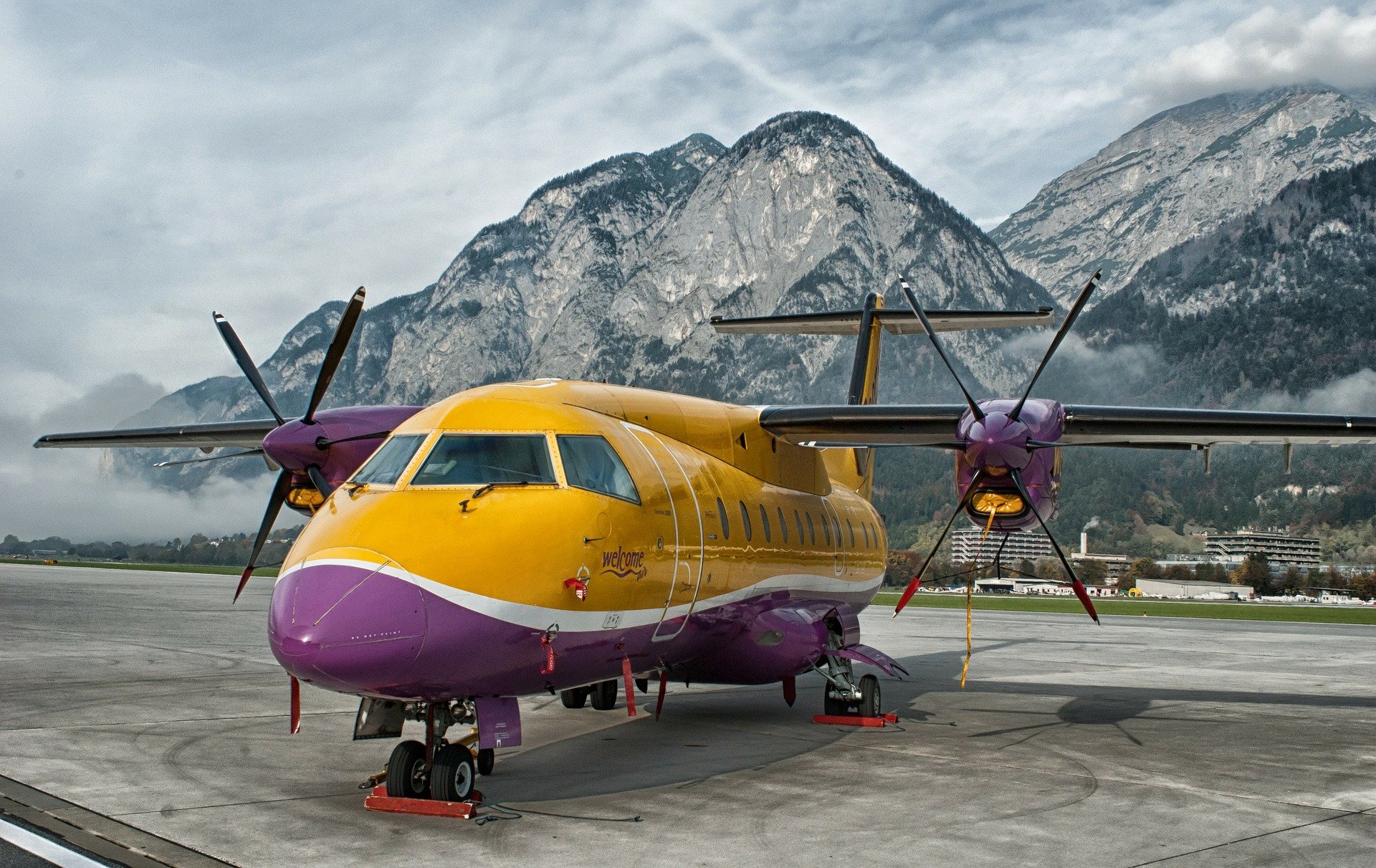FAA Part 135. Anyone who frequently flies private should become familiar with it. It’s the regulation that helps to keep you safe in the air. Reading the complete Part 135 regulations is overwhelming and inaccessible. And you don’t need to know it all unless you’re part of the private aviation industry.
We’re chopped Part 135 down to its most essential information. So you can learn FAA Part 135 in the time it takes to drink a coffee.
Anyone who flies regularly should know the difference between FAA Part 91, FAA Part 121 and DO-85. This article goes onto to explain FAA Part 91 vs FAA Part 135, as well as DO-85 and Airvel's role in improving the safety of private air charters. There’s also some acronym deciphering and myth debunking as the article explains the FAA, FAR, Wyvern and Argus.
What is FAA Part 135?
It’s a document that runs to hundreds of pages and is filled with very technical language. If you’re an air charter operator it’s something you understand and follow word for word. This link takes you to the complete FAA Part 135 regulations. But we don’t recommend that for casual flyers.
Part 135 of the Federal Aviation Regulations (FAR) outlines the requirements private plane operators must adhere to in terms of flight operations, maintenance and training. This applies to any aircraft being chartered for compensation, including any turbojet engine powered plane which carries 30 passengers or less.
The Part 135 regulations refer to many requirements of the operator and their private charter plane(s), including the rules the certificate holder and the aircraft itself must be following, the aircraft’s pilots and personnel, passengers, and safety requirements.
Wait! What is FAR?
In the United States, all aviation activity is governed by the Federal Aviation Authority (FAA) and their Federal Aviation Regulations (FAR). The FAR fall under the federal government’s Code of Federal Regulations and are organized into various sections called parts. Part 135 of the FAR refers to private business aircraft which are hired and used for compensation. Part 135 is officially titled, “Operating Requirements: Commuter and On-Demand Operations and Rules Governing Persons On Board Such Aircraft”.
Part 135 Regulations You Should Know About
If you’ve got two days to spare and know how to decipher governmental regulations then you can read FAA Part 135. If you don’t then these are key takeaways when considering any private air charter.
- FAA Part 135 are the regulations that apply to all commuter and on-demand operations. That means that if an operator of pilot are flying passengers or cargo, they should be working under an approved Part 135 certification. Commuter refers to planes carrying less than nine passengers on scheduled routes. On-demand refers to private air charter - wherever a passenger wants to go, whenever they want to fly.
- A Part 135 certificate will specify each aircraft’s pilot-in-command, who must have a minimum of 1,500 hours flying experience and remain in control of a flight for the entire duration. It also specifies a second pilot-in-command, whom is not always necessary for all flights.
- A flight attendant is required for Part 135 charter planes that offer more than 19 passenger seats.
- The Part 135 certificate states whether the pilot will be using Instrument Flight Rules (IFR) or Visual Flight Rules (VFR). These rules specify if the pilot uses his own sight or flight instruments to fly the plane.
- All Part 135 certificate holders and operators are responsible for record keeping and manual for procedures for each aircraft.
- All pilots and flight attendants must be regularly tested and all certificate holders must have the training curriculum outlined by Part 135.
FAA Part 135 Certification is Only the Starting Point
Without FAA Part 135 anyone could use their aircraft like a taxi, hiring it out and flying people around the country. With FAA Part 135 there are stringent safety requirements that keep you safe in the air. All of the operators we work with in the Airvel marketplace are Part 135 certified, so you can fully trust the standards of the aircraft and personnel when you fly with Airvel.
At Airvel, your safety and security is paramount. We will never waiver from our commitment to the most stringent standards of private air charter safety. That’s why we only partner with trusted part 135 operators who meet our strict requirements for risk management and passenger safety best practices.
We also believe that FAA Part 135 is the bare minimum for air charter operators. It is the important legal standard but FAA part 135 regulations only go so far and some commercial operators get around the requirements with a FAA Part 91 certificate.
With the help of industry-leading third-party auditors, we screen operators, aircraft and pilots using a variety of metrics to ensure they meet and exceed our own safety standards. These raise the bar on FAA Part 135 and provide an additional layer of safety for your flight. For example, as part of our commitment to safety, Airvel also requires that each operator assigns two pilots to each and every flight for added security.

What Is D085?
Every charter operator will have an Operations Manual that specifies the operations that each of its aircraft is authorized to conduct. DO85 refers to page 85, section D, of a charter operator's Operations Manual. This certified page lists all of the aircraft that the operator may legally offer for charter.
FAA Part 91 vs Part 135
If you’re a regular flyer you will also have heard of FAA Part 91. This section of the FAR regulations refers to small airplane pilots who fly their planes for pleasure on the weekend, along with some smaller commercial operators. Obtaining a FAA Part 91 certification is much simpler than a Part 135 certificate. Under Part 135 there are strict requirements under aircraft maintenance and pilot training. Some of the Part 135 requirements can be both exhaustive and expensive, so small commercial operators prefer to cut corners with a Part 91 certificate.
However, it is possible to get paid for flights under Part 91. Part 91 vs Part 135 does not simply mean non-commercial vs commercial, or whether a plane is available for hire. An operator can fly passengers for hire under a Part 91 certificate, but Airvel expects a commercial operation to follow the stricter Part 135 regulations.
For example, under Part 91 crew can fly without any rest of all and it is possible to land when there is zero visibility at the destination. Statistics show that you are 12 times more likely to have an incident on a Part 91 aircraft.
What About FAA Part 121? Or Part 117?
While it can seem like a lot of regulatory red tape, such detailed regulations have been created to keep passengers safe. Imagine the scenario elsewhere in the world, where anyone with a plane could hire out their services and take payment from passengers.
FAA Part 121 applies to regional and major international airlines, such as Delta or United. It’s rarely relevant if you are flying on private air charters. Part 117 refers to regulations for the rest required by airline pilots - again, if you don’t already know about it then it’s unlikely to be important to you.
Part 135, DO85 Certification, and Airvel’s Role In Developing Air Charter Safety
At Airvel, we’re constantly thinking about ways to create a data environment that facilitates ease of use for operators and security and quality for passengers. One of the main goals of our technology team is to engineer ways to carry forward the objectives of the FAA and Part 135; to create a regulatory environment that guarantees quality, safety, and security in the private charter industry.
One of the biggest technology challenges is the constant ebb and flow of operator data. There are in excess of 5,000 operators and 10,000 D085 aircraft – these numbers constantly change as operators grow, aircraft are taken off charter, and companies are merged or acquired.

Airvel Improving Air Charter Safety
As a technology company, our ability to tackle problems at scale is a key competitive advantage. Manual entry of operators or aircraft into the marketplace would be impossible, as Airvel would require a massive verification team that relied on manual checks to ensure we only included reputable operators with currently certified aircraft.
Our solution to these challenges are based on our ability to ensure data integrity. Put simply, how can we guarantee that every piece of data remains consistent and reliable from the source (the FAA) to the end consumers (Operator and their passengers) regardless of volume or velocity?
We achieved this by creating a few tools at critical points in the data lifecycle:
- Creation: We tap directly into the source of the data and feed that into a noSQL database that can handle the type of volume required. This ensures that the FAA and Airvel are always working in lockstep.
- Updates: We cycle through regular updates by creating cronjob to automatically parse and push to our noSQL database. We automatically query current and historical DO85 to update new aircraft and flush out expired certifications.
- Operator Lifecycles: Operators go through changes just like aircraft. We’ve built data associations to ensure DBAs are handled under common certificates, and can dynamically handle new associations when mergers, acquisitions, or joint ventures occur.
Airvel, the FAA, Wyvern and Argus
The Federal Aviation Administration and two leading private organizations specialize in supporting the aviation ecosystem with a variety of safety solutions, services and certifications.
As part of our flight management process at Airvel, we partner with Wyvern and Argus to verify critical information about part 135 operators including:
- Adherence to applicable FAA regulations and certifications
- In-depth historical safety analysis
- Pilot background checks, experience and training certifications
- The results of rigorous on-site audits of their fleet
- Liability insurance coverage
- Emergency response planning and training
- Flight department training and certifications
- Maintenance records
Fly Confidently with Airvel
As part of our commitment to empowering you with the information to need to book flights with confidence, you can view Argus and Wyvern rating information as part of the flight details information during the shopping process. Plus, after your flight is confirmed by the operator, you can view information about your specific pilots on your trip management page. (This information is typically available 48 hours prior to your departure.)
It’s important to note that part 135 operators are not required by the Federal Aviation Administration to undergo audits by Wyvern or Argus. It is up to the operator to participate. However, all FAA part 135 operators must adhere to the stringent requirements mandated by the FAA to earn certification and maintain operations. We can provide you with information about operators who have been vetted by the Wyvern and Argus upon request.
Fly Air Charter With Airvel
Airvel isn’t just a data company. We use our data expertize to make air charter safer and to give you the greatest choice over air charters. We’ve developed the world’s leading marketplace for private air charter. Search over 4000 FAA Part 135 aircraft and fly to 2500 destinations. You’ll get instant pricing for a variety of aircraft and can easily share the cost of a private jet with friends and family.
Our concierge team can also help answer any questions that you may have. Don’t hesitate to give us a call at (844) 424-7835 and explore the world’s leading booking engine for air charters at airvel.com.







Comment